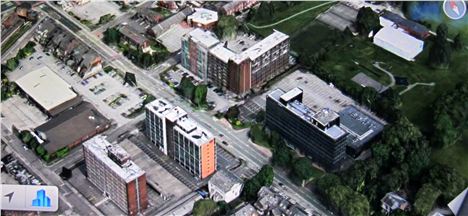11,500 new homes could be created by converting 7.4m sq ft of the UK’s obsolete office stock – according to Lambert Smith Hampton’s (LSH) latest research, Office Market Review 2013: Addressing obsolescence.
The incentive to convert is greatest in London, where the gap between office and residential values is highest. However, the gains to be made from conversion are substantial across the UK.
If converted, these new homes would fulfil 25% of the total recently pledged by the Deputy Prime Minister, Nick Clegg.
LSH’s research analysed 32 regional markets and found that 27% of total regional availability is obsolete (11.7m sq ft) and of this stock, 7.4m sq ft is suitable for conversion.
The findings of the report were discussed at the northern markets regional reception held at its offices in Manchester.
Explaining why we have so much obsolete office stock, Adam Varley, Head of Office Agency in Leeds said: “Modern workplace trends have changed office occupier’s requirements – they need flexible, open plan space and crucially less of it. In the last 20 years, the amount of allocated space per person in an average UK office has halved.
“Current grade B, C and D stock in the city centre is unlikely to ever be let again without significant refurbishment."
The incentive to convert is greatest in London, where the gap between office and residential values is highest. However, the gains to be made from conversion are substantial across the UK. Average capital values for UK residential space are approximately £155 per sq ft, compared to average secondary and tertiary office values which range from £30 to £80 per sq ft.
The top five centres from the 32 analysed, where there are buildings in the right locations, with suitable layouts and residential demand are:
1. Birmingham
2. Edinburgh
3. Nottingham
4. Slough
5. Manchester
 Old Trafford is full of old offices - the one at the top of the iPhone image here has already been converted into residential use
Old Trafford is full of old offices - the one at the top of the iPhone image here has already been converted into residential use










